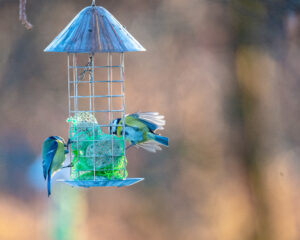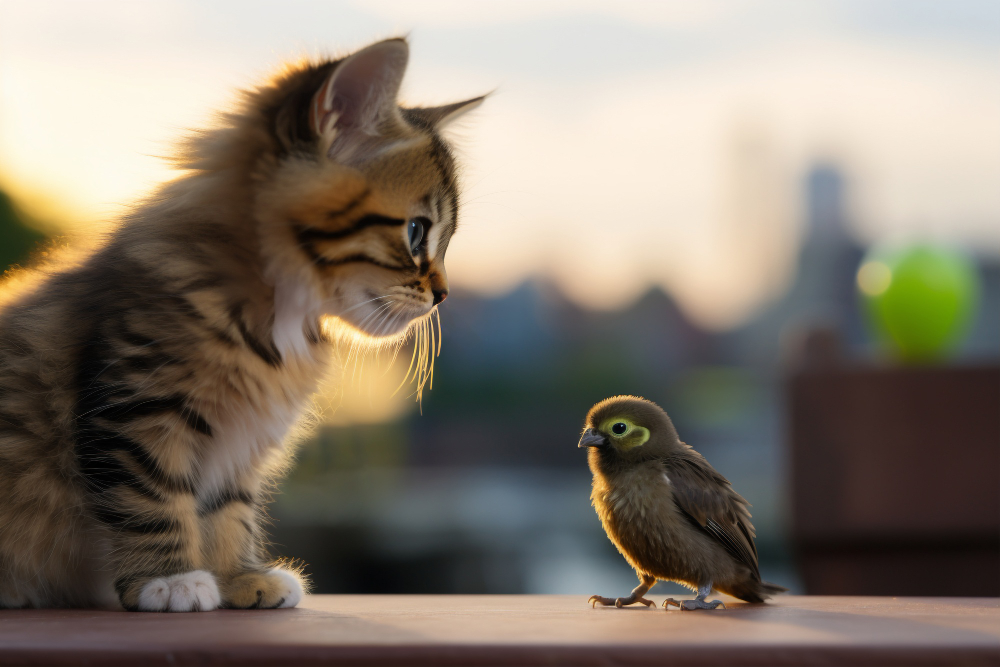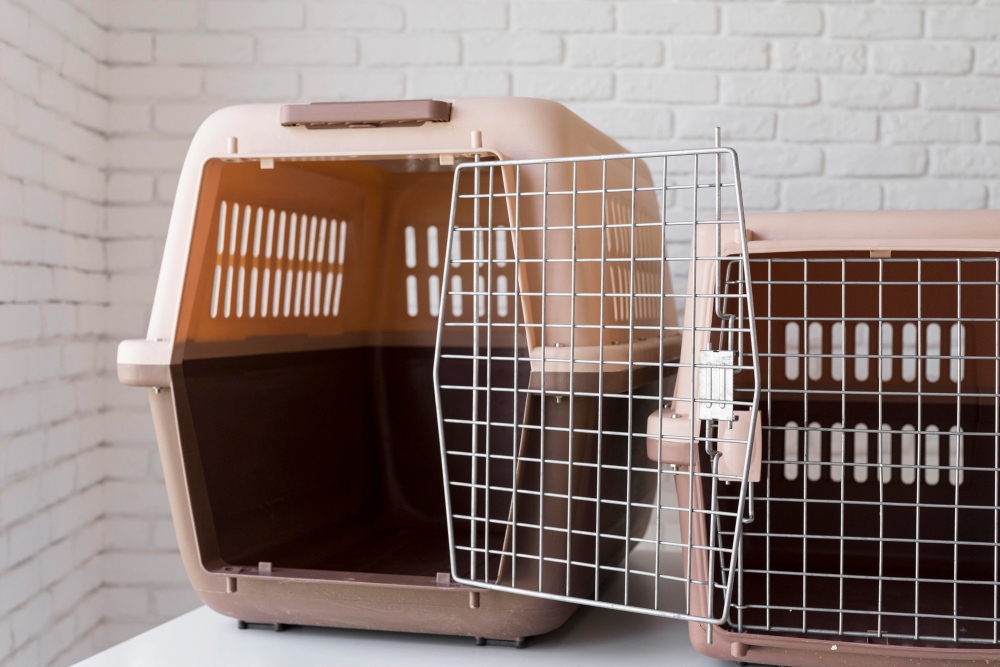For centuries, humans utilized a variety of materials to light up their lives, especially before the advent of modern candles and electric lights. Most people immediately think of beeswax or tallow -animal fat- as materials used for candles, but accounts and myths describe other uses and, in this case, bird carcasses as a source of light in ancient history. This article aims to track into historical truth the use of bird carcasses as candles, besides exploring the materials and practices and cultural importance associated with the said concept.
1. Introduction on the Ancient Method of Lighting
In ancient times, the people had to be inventive in producing sources of light for lighting their homes and surroundings. Before the wax candles gained widespread use, the sources of light were produced in various ways, including oil lamps, torches, and even in animal fatEarly candlemakers employed animal fat, which was made up of all the animal components used in various forms. But where do birds, and specifically bird carcasses, fit into all this history?

2. The Concept of Bird Carcass Candles
It is from stories of history and folklores that comes the idea that a bird’s carcass was actually a candle. Although there were no written records indicating that the carcass of birds was used as candles by people in mass all over, a few stories and references suggest the possibility of such cases. These are mostly stories arriving from places that are not easily accessible, or coastal landmasses where birds were very plentiful, but other candle-making materials may have been scarce.
3. Type of Birds Supposedly Used
One of the birds that feature most often in tales surrounding carcass candles is the Fulmar, a seabird to be found in the North Atlantic. As part of folklore for some, because this seabird’s body is so rife in fat, making the already thought-out idea of burning it for candlelight very feasible, such birds include large North Atlantic seabirds such as puffins, gulls, and others with oily bodies-again, in theory, burnt alive.
4. The Myths of the Fulmar Bird Candles
Amongst all the Scottish islands, it is St. Kilda that houses the most believable myth about candle wicks being made from bird carcasses. According to this legend in the isolated place, it was said that the islanders only needed lights from the carcasses of the Fulmar birds. Apparently, the oily fat from the carcass would burn so slowly that it managed to be a replacement candle in such a dark and harsh island scenario. However, these accounts are mostly anecdotal and may be considered more folklore than a recorded historical activity.
5. Materials Used in Ancient Candles
History shows that beeswax and tallow were the primary materials in the making of candles. Tallow candles were those made of sheep, cow, and other animals’ fat. These candles were less expensive and easy to manufacture but very smoky and smelly. Beeswax candles were cleaner and had a pleasant smell, but they were much more expensive. No remains of entire bird carcasses are known to have been processed in the same manner, though, as with all animal fats, bird fat could have been rendered and used for lighting.
6. Ease of Handling Bird Carcasses
But how practical would it be to use a bird carcass as a candle? Well, the bird will contain just enough fat to keep a flame burning for any sort of decent period of time. Fulmar, besides being the other major seabird species in the North Atlantic, are known to have a lot of fat in their skin and feathers. Using an entire carcass as a candle, however, is very inefficient compared with rendering the fat into a more usable form, like tallow.
7. Cultural Representation of Bird Candles
Perhaps, the use of birds or birds as candles may symbolize or may have had a different meaning in the past. Since birds in most cultures are customary symbols of freedom, soul, and spirit, using them as a light source might have meant something more, given the importance that birds had in most regions for the survival and lives of people.
8. Modern Myths and Folklore
Moderns seem to have mythologized the use of bird carcass candles. Usually, these bird carcass candles are shared in survival tales of old or accounts of how resourceful people were back then. Still, one should be cautious in believing them fully as they sometimes interweave truths with fictions.
9. Animal Lard Used for Candle Production
While using bird corpses for candle-making is largely the stuff of legend, rendering animal fat for the purpose of candle-making is very well recorded. Tallow is a word referring to rendered animal fat, derived from cattle and sheep. It has been the material used for candle-making for hundreds of years. Considering this, it is likely that bird fat, if used at all, would have been rendered in a similar manner than used as a whole bird.
10. Other Odd Candle Materials Throughout History
Besides birds, many other strange materials have comprised waxes for candles in the course of human history. Whale blubber was used by some coastal communities, and sometimes fish oils were used too for lighting. These other materials demonstrate the resourcefulness of our early ancestors as they struggled with finding light.
11. History of Candle-Making: Myth vs. Reality
The theory of birds being used as candles is more myth than fact. Although a fact that early men used whatever they could find to survive, no solid historical evidence tells the story that whole birds were used for light purposes. The tale probably started from isolated folklore and was carried on as a marvelous tale of survival.
12. Environmental and Ethical Issues
Using animals such as birds for lighting postulates some unethical and environmental issues. We understand conservation and humane treatment for animals today, but this was far from the case of ancient times. Therefore, with scarce resources in survival situations, using bodies of birds as candle waxes might have been the most practical choice of practicality, especially in places like the desert.
13. Effect on Modern Candle Society
Though the idea of bird-corpses candles is, to a great extent, a legend, it still has managed to bring some interesting influences to modern candle culture. In the present day, people can still have such candles resembling natural and animal elements, but manufactured from artificial or plant-based materials. The passion for old ways of making candles keeps exciting the contemporary candle makers
14. Bird Conserving Historical Traditions
This used to be the case with practices such as hunting and using birds for resources. Some species were hunted virtually into extinction for their meat, feathers, or fat. Fortunately, many species are now saved because of conservation efforts, and these ancient practices will be nothing but a memory instead of something that could threaten biodiversity in the future.
FAQs
Q1: Are the carcasses of birds indeed historical candles?
Myths and folklores also say that the carcasses of birds, seabirds particularly, had been used as candles. But there is barely documented historical proof of this ritual for a large group.
Q2: What bird species are most known to have dead bird candles?
In fact, the Fulmar is one of the seabirds that live in the North Atlantic, and it is often featured in myths and folklores regarding using bird carcasses as candles because it has very much fat.
Q3: Is using a bird corpse as a candle really that practical?
It would be highly impractical to melt down a whole bird as a candle. Heated rendered fat would perform the same purpose much more efficiently.


